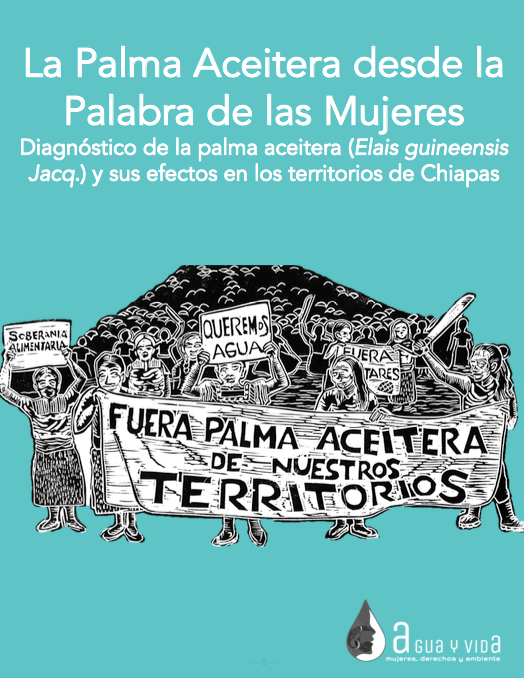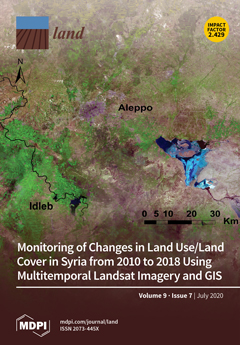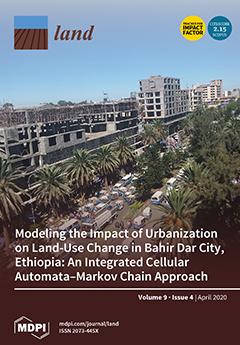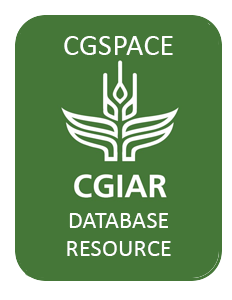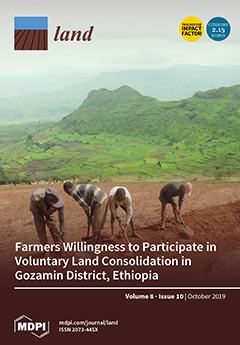El monocultivo de la Palma Aceitera ha crecido de manera exponencial en el estado de Chiapas, sobre todo en los últimos 20 años. En la actualidad, conforme datos oficiales, se estima que el 43.74% de palma aceitera sembrada en México, se encuentra en Chiapas. Esta situación, ha traído graves…
A singular and modest activist action, a temporary park created in San Francisco, grew into the global urban Park(ing) Day (PD) phenomenon. This tactical urbanism event not only expanded to be annually celebrated in thousands of parking lots all over the world but became an inspiration for urban…
Women are an underappreciated economic force who, when empowered by association with a female organization, can be a catalyst for development. To assess the status of Indigenous rural women, as well as the mechanisms and impacts of their empowerment, this paper presents a case study of a…
Various sectors of stakeholders (urban, agricultural, policymakers, etc.) are frequently engaged in participatory research projects aimed at improving water resources’ sustainability. However, a process for comprehensive and integrative identification, classification, and engagement of all types…
This article investigates how migration and remittances affect forest cover in eight rural communities in Guatemala and Chiapas, Mexico. Based on household surveys and remote sensing data, we found little evidence to support the widespread claim that migration takes pressure off forests. In the…
The purpose of this work was to determine which structural variables present statistically significant differences between degraded and conserved tropical dry forest through a statistical study of forest survey data. The forest survey was carried out in a tropical dry forest in the watershed of…
Research Highlights: Age structure was used to infer fire regimes in the Monarch Butterfly Biosphere Reserve. Uneven-aged structures in stands dominated and co-dominated by pine and fir species, which are distributed according to an altitudinal gradient, indicated a regime of frequent, low-…
Total mitigation potential from the AFOLU sector was the highest in Chiapas (~13 Mt CO2eq) followed by Campeche (~ 8 Mt CO2eq).
11 states (i.e. Oaxaca, Quintana Roo, Yucatan, Jalisco, Sonora, Veracruz, Durango, Chihuahua, Puebla, MichoacaÌn and Guerrero) had a total AFOLU mitigation…
A new report developed by GIZ highlights success factors and 7 practical entry points for mainstreaming Ecosystem-based Adaptation (EbA) into policies and planning, based on 16 case studies from Mexico, Peru, South Africa, Philippines and Viet Nam in the following contexts:
1. National…
Over the course of their existence, peasant cooperatives known as ejidos and comunidades have significantly reconfigured the property relations, landscapes, and settlements of rural Mexico. These cooperatives remain relevant today, even though most of Mexico’s rural population now makes its…
The extensive arable land and great biodiversity present in Latin America and the Caribbean (LAC) have the potential to ensure sustenance and a good quality of life for its more than 600 million inhabitants. LAC has experienced important changes in land use. When the Europeans arrived in the…
This paper presents a synopsis of the challenges and limitations presented by existing and emerging land use/land cover (LULC) digital data sets when used to analyze the extent, habitat quality, and LULC changes of the monarch (Danaus plexippus) migratory habitat across the United States of…

